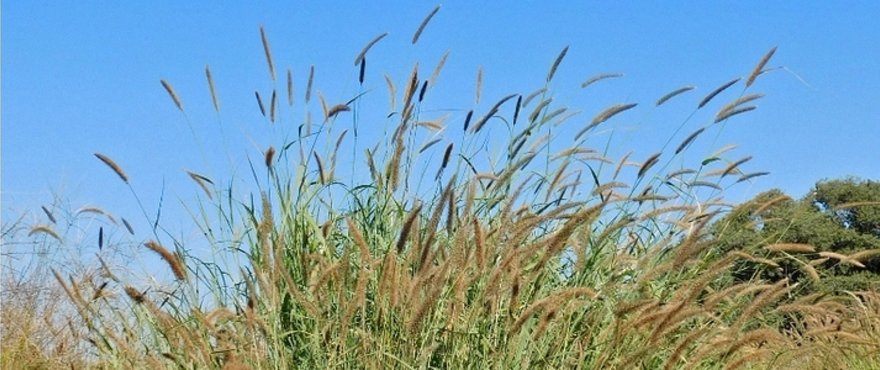Establishment
• November, February and March are the best seeding months
• Rolling the soil is essential
Soil preparation
• Reacts favourably when soils are loosened before the summer rains
• Heavy soils that crack during winter need less loosening than lighter soils
• Cultivation should not be done in winter, seeing that it can lead to dying off of the grass
Utilization
• Grazing normally starts in November for mature Buffalo grass when the grass is 300 mm long
• It is best if the grass is either lightly or completely grazed down
• If not, the result would be a mix of new leaves and old stalks, reducing palatability
• It can be utilized as both a very quick rotation and a relative long grazing period
• At the beginning of summer, the grass grows quicker, making it more challenging to implement grazing systems
• It is recommended to make hay or be rested during winter
• Remove all the old material at the end of winter
• Keep it as leafy as possible
MOLOPO
The variety comes from the North West Province of South Africa. It is a tall, rhizomatous grass with distinctly grey leaves and straw-coloured seed heads. It is cold tolerant and grows longer into the cool season. It is well adapted to heavier soils and has a good seed production if adequately fertilised with N. Its upright and tall growth habit makes it better suited for cattle than Gayanda.




